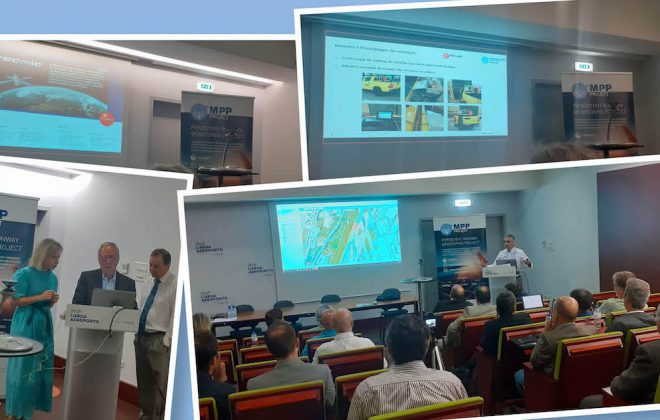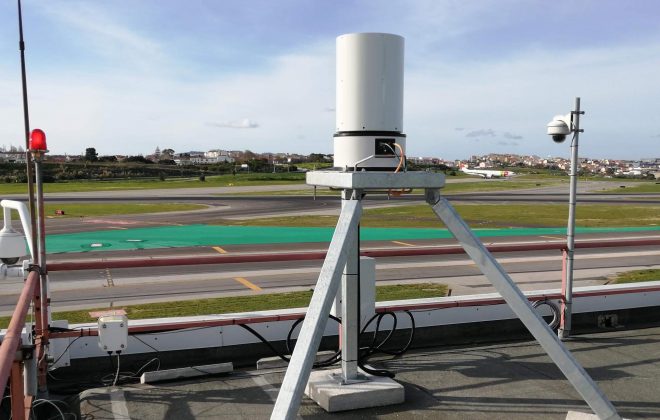Two MPP Project papers were published in a Springer book referring to the INTSYS 2020
The work presented in these papers was carried out in the scope of the project Persistent Runway Monitoring (MPP-Monitorização Persistente de Pista SI IDT code of project is 039876), thanks to the support of CENTRO 2020, Portugal 2020—Operational Program for Competitiveness and Internationalization (POCI), and European Union’s ERDF (European Regional Development Fund) for funding the research work. The project partners of this project are Tecmic-Tecnologias de Microelectronica SA, INOV, and ANA Aeroportos de Portugal.
Effective Non-invasive Runway Monitoring System Development Using Dual Sensor Devices
Authors: Rahul Sharma, Fernando Moreira, Gabriel Saragoça, João Ferreira
At airports, the runways are always troubled by the presence of ice, water, cracks, foreign objects, etc. To avoid such problems the runway is supposed to be monitored regularly. To monitor the runways a large number of techniques are available such as runway inspection mobile vans. These techniques are largely human dependent and need interruptions in the runway’s operations for inspection. In this position paper, we suggest an alternative way to monitor the runway. This method is non-invasive in nature with the involvement of Light Detection and Ranging (LIDAR) sensors. In the methodology, we describe the schemes of labelling the data obtained from LIDAR using MARWIS sensors fitted in a mobile van. We describe the entire system and the underlying technology involved in developing the system. The proposed system has the potential of developing an efficient runway monitoring system because the LIDAR technology has proved its efficiency in several terrestrial mapping and monitoring systems.
https://link.springer.com/chapter/10.1007/978-3-030-71454-3_7
Smart Surveillance of Runway Conditions
Authors: Gabriel Pestana, Pedro Reis and Tiago Rocha da Silva
Runway safety-related accidents represent the most significant source of aviation accidents worldwide. Runway contaminants are typically associated with extreme weather conditions but can also include other safety-issues such as foreign object debris, cracks, and pavement deformation. Although airports are required to perform periodic runway inspections, it is clear that manual inspections alone are not sufficient to mitigate this type of threat. The paper outlines the need to implement automated procedures for runway inspections, seeking to improve runway safety.
The paper presents a project with an innovative approach for automated runway inspections using laser scanning equipment. The compliance with airport regulation, standards, and business logic has driven the architectural solution, co-designed with end-users to increase understandability, and to create a product that provides the best possible user experience, addressing relevant concerns and information needs. The project solution provides a set of data analysis services addressing the Analytics-as-a-Service (AaaS) paradigm, where the concepts of information visualization and context-awareness are essential in supporting the surveillance of the runway status, in particular, for events which may lead to aquaplaning phenomena. Monitoring such water-events enables the detection of drainage problems as well as the identification of areas that might compromise runway safety.
https://link.springer.com/chapter/10.1007%2F978-3-030-71454-3_16



